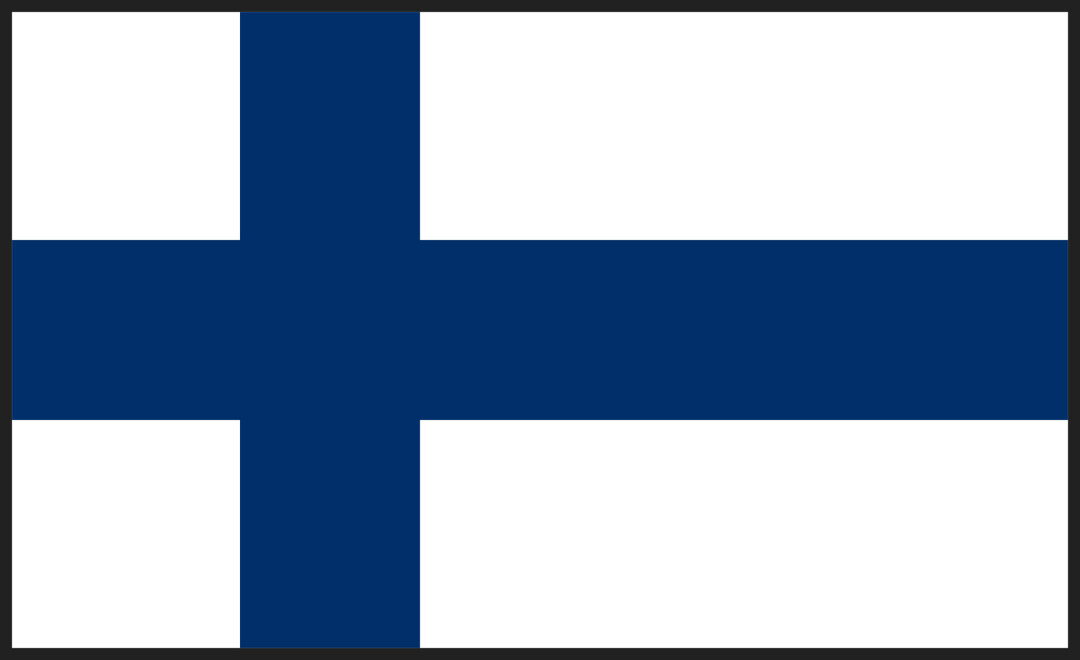Learning From Finland on public education

“Finland is leading the way because of common-sense practices and a holistic teaching environment that strives for equity over excellence.” World Economic Forum, “10 reasons why Finland's education system is the best in the world,” September 10, 2018.
“We prepare children to learn how to learn, not how to take a test,” Finland’s head of the Ministry of Education and Culture (a former teacher).
Finland does not do standardized student achievement testing like in the United States.
Finland is a world leader in education. For many years Finland has been recognized for having among the best pubic schools in the world. Finnish students score high in international comparisons for reading, math and science literacy. The United States consistently scores well down the list.
This article discusses some of the reasons why Finland does so well. There is much we could learn from Finland. It is especially interesting that Finnish students do better academically while attending school fewer hours per week, having very little home work and more “creative” play time. The school year is essentially the same (190 days, August to May, with a 10 week summer vacation).
In addition Finnish schools get better results while spending 30% less per student and providing every child a free hot lunch at school.
Critics claim Finland is a small, ethnically homogeneous country and not comparable to the United States. There certainly are many social, cultural and political differences between the two countries. But demographically Wisconsin and Finland are similar. Finland has a similar population (5.6 million) with 8.5% of the population being immigrants. About 5% of Wisconsin's population are immigrants. Their example could be applied to Wisconsin.
Ninety three percent of Finns graduate from academic or vocational high schools. This is 17% higher than the United States. Sixty six percent of Finnish students go on to higher education. Forty three percent of those students go on to advanced vocational training for three years.
Finland's success is the result of deliberate policies that support teachers and put the needs of students first. They have a very different educational philosophy that emphasizes cooperation over competition and student development over “accountability” and testing. Finland has a national school system that provides equal educational opportunity for all students.
As Olli Luukkainen, the president of Finland’s powerful teachers union, explains, “Equality is the most important word in Finnish education. All political parties on the right and left agree on this.”
Finland’s schools are publicly funded by the national government. The public schools are all operated by the government and the national and local officials running the schools are educators, not – as in our country – business owners, wealthy elites, local property tax payers, politicians or anyone else who thinks they know something about education. There are no private schools in Finland.
The U.S educational system is a tangle of public, private, for profit, charter and religious schools. Public schools have the vast majority of students, but “marketplace competition” is frequently touted as the way to improve education. Often these alternative schools proliferate for reasons unrelated to education (religion and racism being the most prominent).
In the U.S. there are vast differences in school funding, quality of education, teacher competence and equality of educational opportunity. Wisconsin leads the nation in racial disparities in educational achievement.
In Finland the differences between weakest and strongest students are the smallest in the world. In Finland every school has the same national goals and draws from the same pool of university trained educators. Resources are distributed equally to all schools. All students get basically the same quality education whether they live in a rural village or a university town.
Finland's educational success is also a result of having a more equal society with much less poverty and economic stress. “The problem facing education in America isn't the ethnic diversity of the population but the economic inequality of society...” says Anu Partanen, a Finnish journalist and author who has lived in the United States.
In Finland it’s almost unheard of for a child to be homeless or come to school hungry. Finland provides essential support services to students and teachers. All schools have social workers, psychologists, nurses and special education teachers. Thirty percent of Finland’s children receive some kind of special help during their first nine years of school. Parents and children benefit from three years of maternity leave, subsidized day care and free, public preschools that emphasis play and socializing.
Teachers in Finland are highly respected, well paid, professionals. Teachers and school administrators (all former teachers) are highly trained professionals and trusted to run the schools with little political interference or oversight. There is no emphasis on high stakes testing of students or numbers driven school or teacher performance standards. Students in Finland only take one centralized exam (the National Matriculation Exam) at the age of 18 years old after 12 years of schooling.
The Finnish national curriculum is a broadly based guideline, allowing teachers to use their own style and ideas in the classroom. Again teachers are trusted and empowered to be professional educators and are treated accordingly.
Teachers are critical to quality education. In Finland teacher training is extensive and rigorous. All teachers in grades 1 to 6 must have at least a masters degree in education. Teachers in grades 7 to 9 must have a master’s degree in their subject plus professional education qualifications. The teacher selection process is rigorous with only about 10% qualifying for the free advanced teacher education (all college and vocational training is free in Finland). There are no teacher shortages in Finland and, I suspect, very few mediocre teachers.
Finland's success is not just the result of its more socialistic society. Norway is a neighboring Scandinavian country of similar size and with a similar social democratic political system. But Norway's education policies are similar to those in the United States. It employs standardized exams and teachers without master’s degrees. Like the U.S., Norway’s student achievement scores are low.
